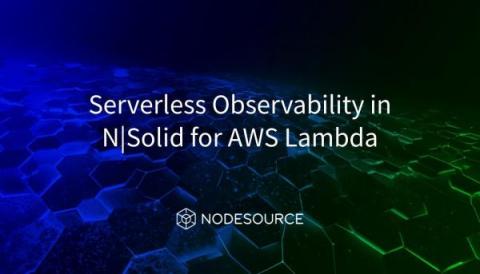From zero to hero: using SQL databases in Node.js made easy
Despite the growing popularity of NoSQL databases such as MongoDB and Firebase among JavaScript developers, SQL databases remain a reliable and widely used tool for storing data. This tutorial will show you the basics of SQL databases and how to use them with Node.js.










